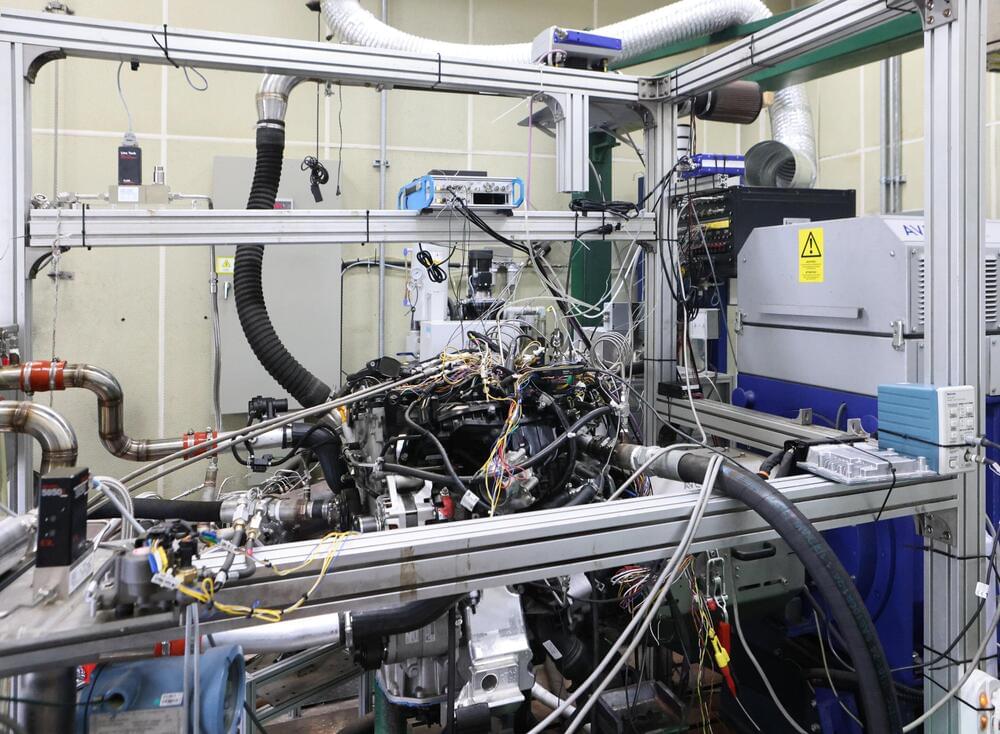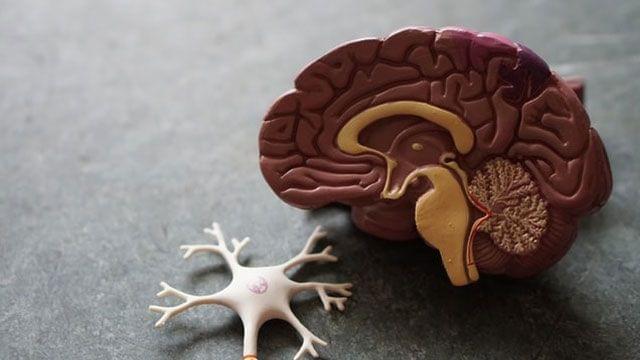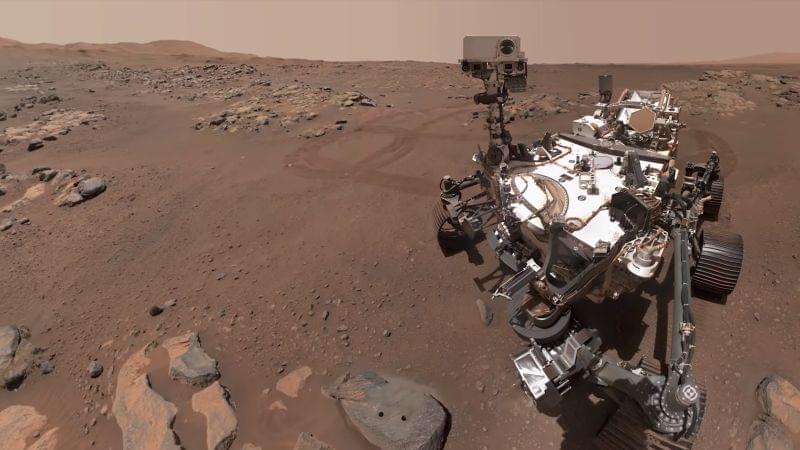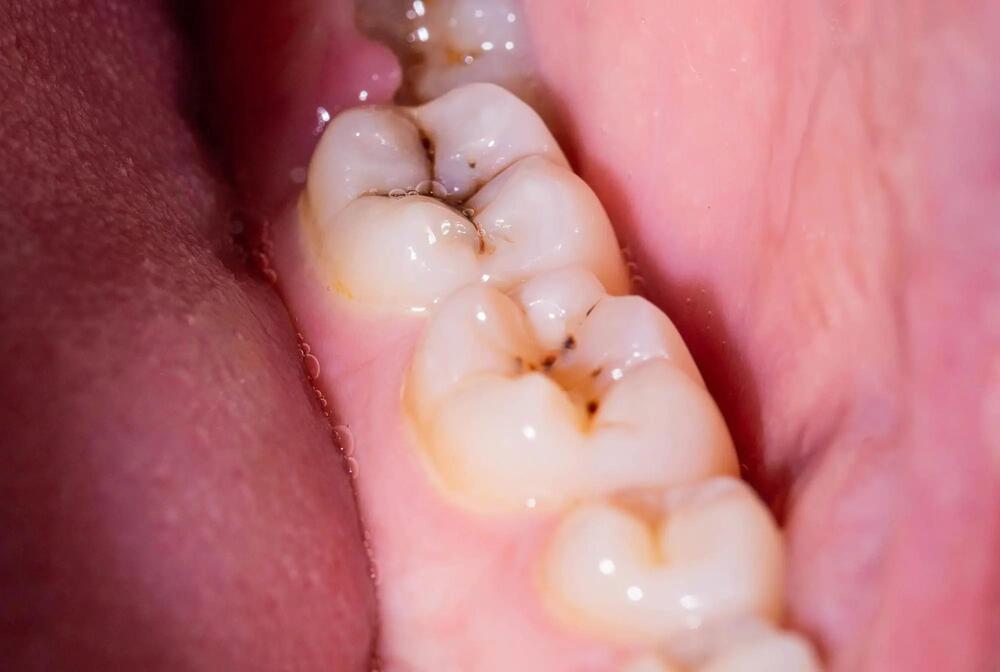Researchers Antoni Gondia and Andrew Adamatzky recently gave a robot living skin made of fungus (via Futurism). Any science enthusiast understands that the power of science can be quite astounding at times, but recreating the Terminator in real life might be a little terrifying for some.
Inspired by the skin of the Terminator, researchers are using fungus to create a bio-organic skin over non-killer robots.
In fact, the scientists openly admit that their goal was to recreate a pivotal scene in The Terminator (1984) where one of the robots is seen receiving an implantation of living skin. Though the robot’s skin is an external addition, it is able to collect data from the addition and heal any wounds incurred.








